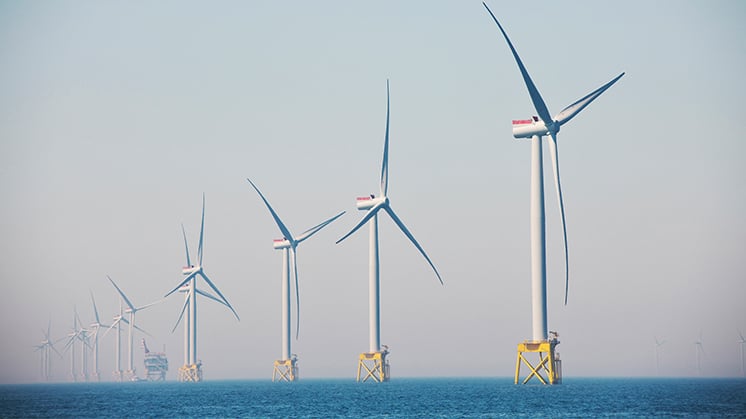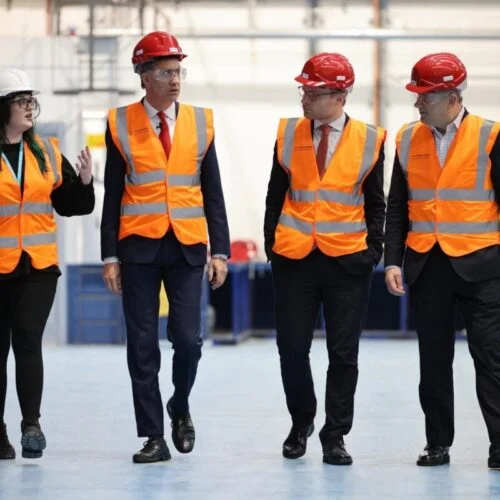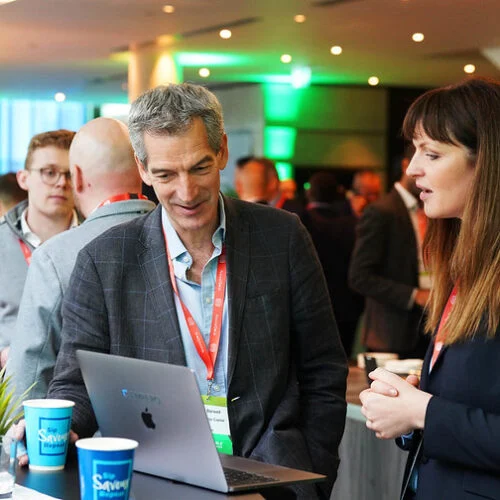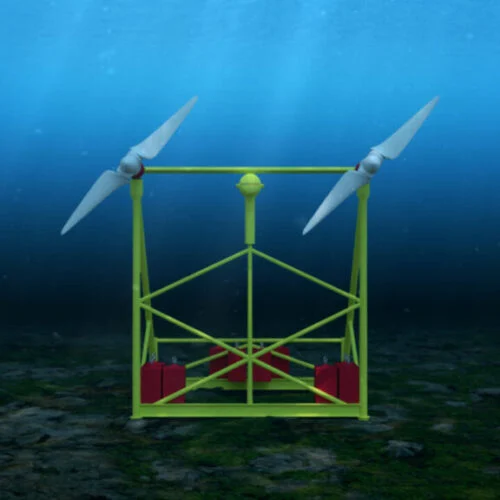A new report by the Offshore Wind Industry Council (OWIC) has laid out new systems to ensure the management of underwater noise is coordinated across marine industries.
The Underwater Noise Conflict Resolution Framework Report highlights the many different seabed users in the North Sea, including offshore wind operations, and how these different operations work under different regiemes for ensuring the safety of marine life.
The document notes that while regulators, marine industries and nature conservation bodies do work together to manage noise impacts and keep noise within agreed-upon limits, there is a need to plan ways forward should conflicts arise.
The report outlines a proposal for a coordinated framework to ensure that different operations can cooperate and forward-plan different activities to keep noise within agreed-upon limits. It also maps out plans for a new decision-making process to quickly resolve scheduling conflicts. OWIC notes that the current lack of a transparent arbitration process for resolving conflicts causes significant concerns among offshore industries, as it risks delaying offshore projects.
OWIC additionally suggests that noise activity tracking should be improved, while noise modelling guidelines should also be reformed and improved. It also suggests that a coordination and conflict management framework should be put in place, with representatives from two different regulatory bodies serving as arbitrators, while a representative from the Office for Environmental Protection (OEP) will serve as an independent third party and chair of the group.
OWIC says that the primary purpose of this group would be to act as a formal coordination point for various stakeholders and also act as a decision maker when conflicts arise.
RenewableUK’s environment and consents manager, Juliet Shrimpton, who worked on the report, stated that the need to protect the biodiversity of the North Sea while still building new clean energy infrastructure presents a number of challenges which OWIC is keen to address. She added: “Critically, we need to ensure that if conflicts arise, these can be resolved through a transparent, fair and timely process”.
Other offshore wind stakeholders are also taking measures to ensure that noise from offshore wind construction does not harm marine life. RWE has deployed a new “bubble curtain” technology at its Sofia Offshore Wind Farm to protect harbour porpoises in the North Sea from the impact of construction noise. This marks the first time that the innovative bubble curtain noise abatement technology has been used for a UK project. The bubble curtain works by creating a barrier of rising bubbles underwater around the installation sites for an offshore wind turbine, which dampens sound waves from construction activities.






